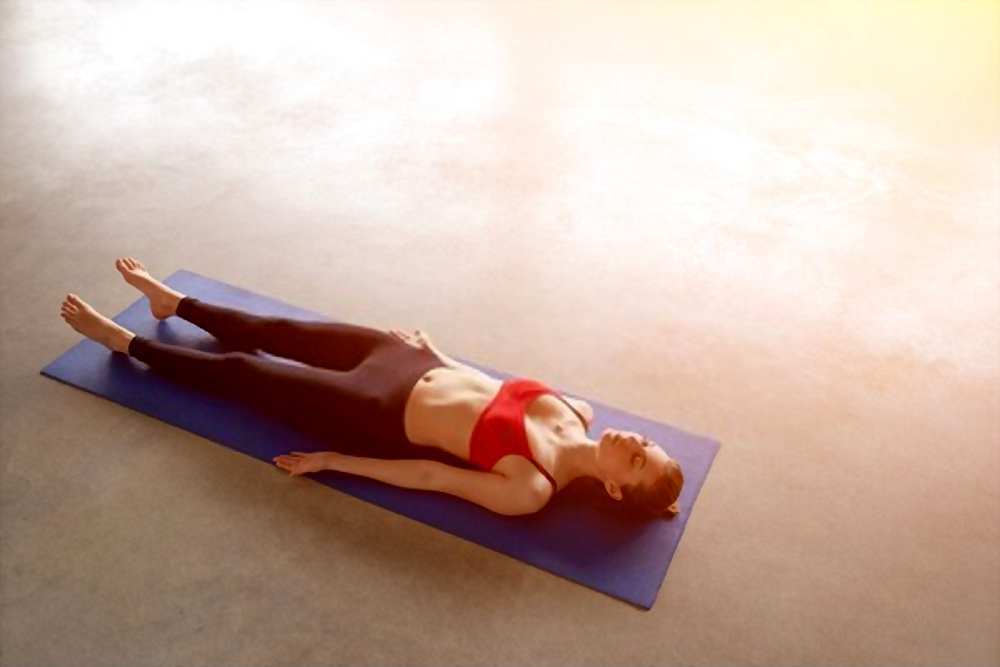Dirga or Deerga in Sanskrit holds several meanings like slow, deep and complete, but it is most commonly known as the complete breath or the three-part breath. Dirga pranayama is a boon for beginners as it is the best way to learn how to channel the air through the upper body and to improve lung capacity. The three parts of the body the air would infiltrate in the technique are the abdomen, diaphragm/lower chest, and upper chest. Dirga pranayama is versatile as it can be practiced in any position and also provides are numerous benefits.
Read on further to learn how to channel your breath and the benefits of adding this pranayama to your daily routine.
How to perform Dirga?
Sit in padmasana (lotus position) or lie down on the mat facing upwards if you are a beginner; with your leg outstretched (Savasana / corpse position) or bent.
Close your eyes and relax your body.
Inhale and exhale deeply through your nose for 5 rounds, As you do this focus on your breath.
After completing the normal breathing process, place your left hand on your abdomen, just below the belly button.
Now inhale deeply through your nose, You should be able to feel your abdomen expand with your hand, exhale completely and push your belly button toward the spine. (you can use your hand to guide this action) – This is part one of the three-part breath.
Next place your right hand just below the rib cage.
Now inhale deeply, and let the air fill the abdomen completely after this inhale a little more to expand your lower chest. You will be able to feel your abdomen and your ribs expand with your hands
Exhale completely and let air leave your lower chest first and then your abdomen. You will be able to feel your ribs contract and your abdomen sucked in with your hands – this is part two.
Take your left hand and place it on your chest just below the collarbone.
Inhale deeply again so as to fill your abdomen first, then your rib cage and inhale some more to fill your upper chest. You will be able to feel the area around your heart rise with your left hand.
After this exhale completely, let air leave your upper chest first, then your lower chest and lastly your abdomen, you should be able to feel your heart sink, your ribs contract and your abdomen sucked in. – this is part three
Continue the above process at your own pace for 5 -10
Once you master how to channel air through your abdomen, diaphragm/lower chest, and upper chest you don’t need your hands to guide you.
When to perform Dirga?
Before performing an activity that requires focus, this technique channels rich oxygen to the brain which helps you stay focused for a longer period of time.
When under pressure, Dirga pranayama can also help relax the body and mind by making the mind focus on controlled breathing and not the surroundings
Before your normal pranayama routine or exercise, this breathing technique can strengthen your lungs providing you with
Benefits of Dirga Pranayama
- Promotes effective breathing.
- Helps calm down the body and mind
- Improves concentration and supports mental health.
- Bolsters the lungs and serves as a foundation for many other pranayamas.
Precautions:
Do not over burned your lungs or have strained breathing., This pranayama must be done on an empty stomach with at least a 4 to 5 hour spacing between practice and your meal.






